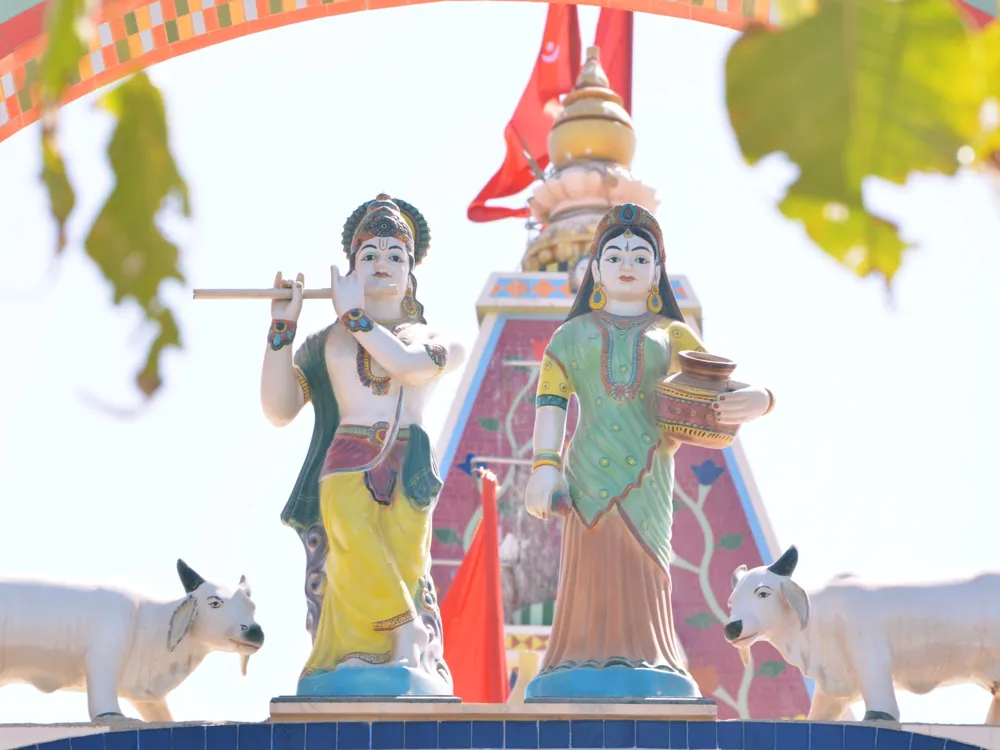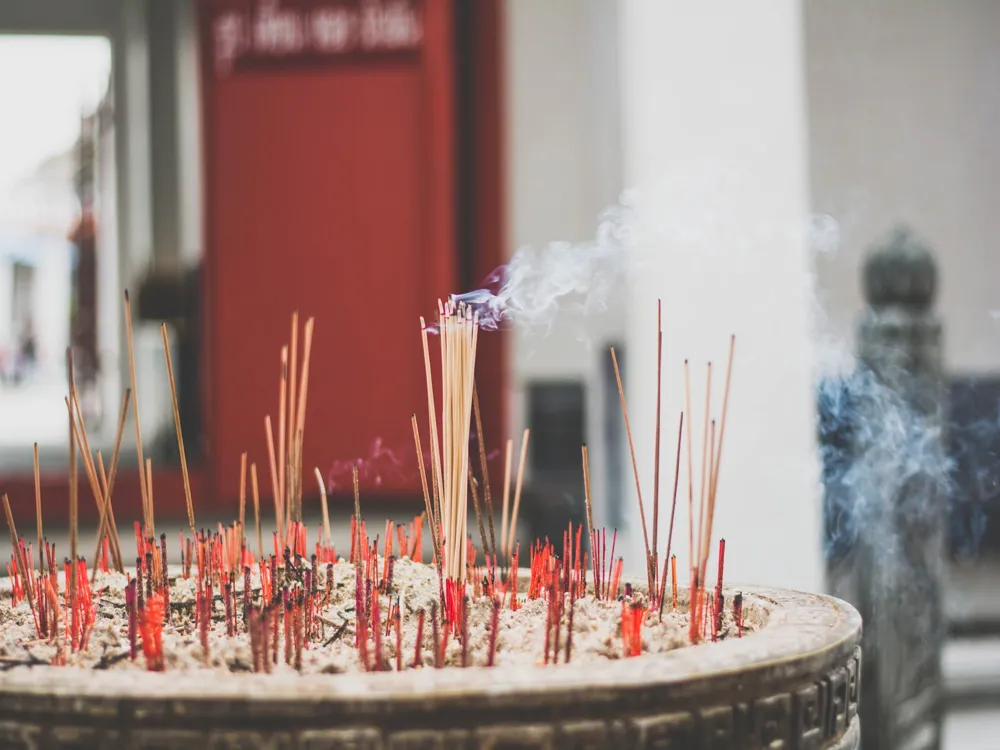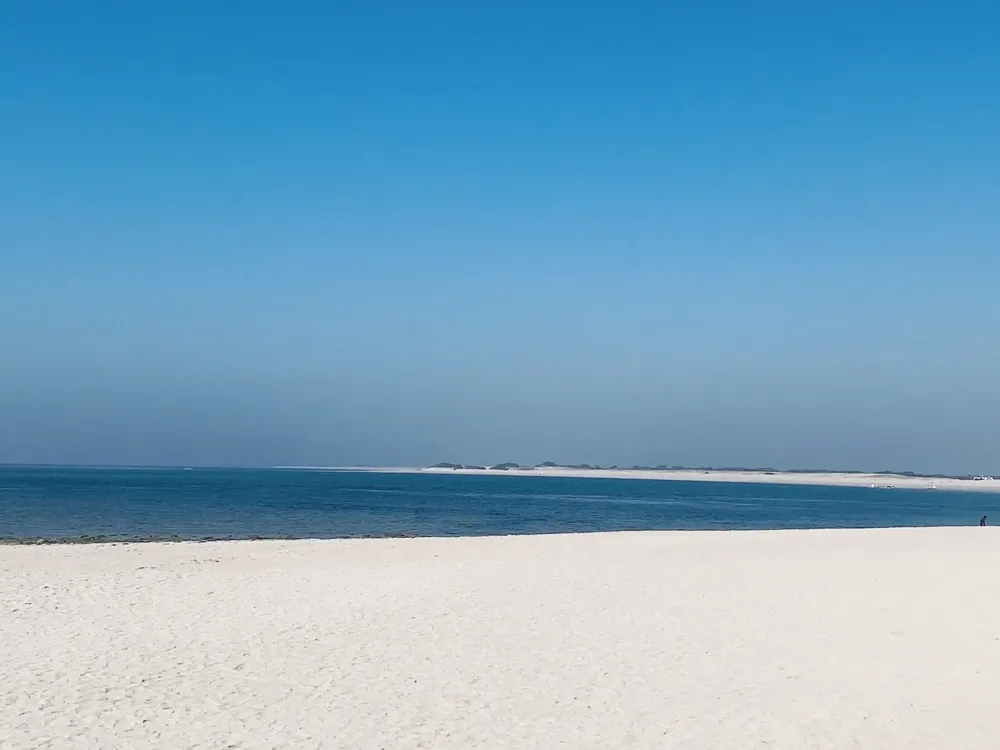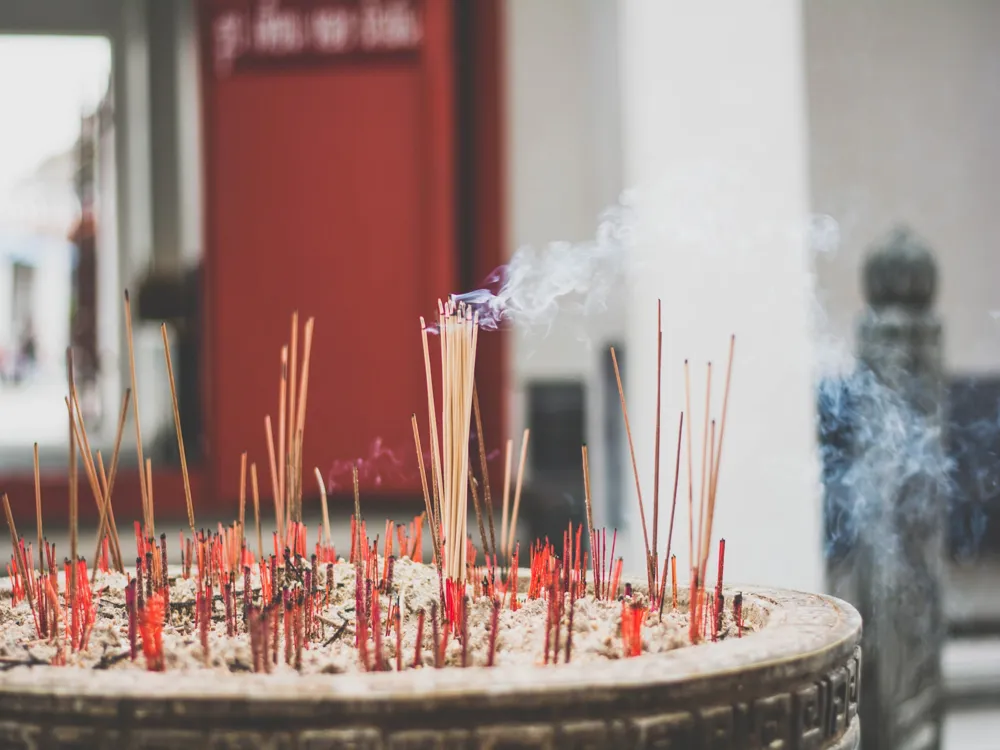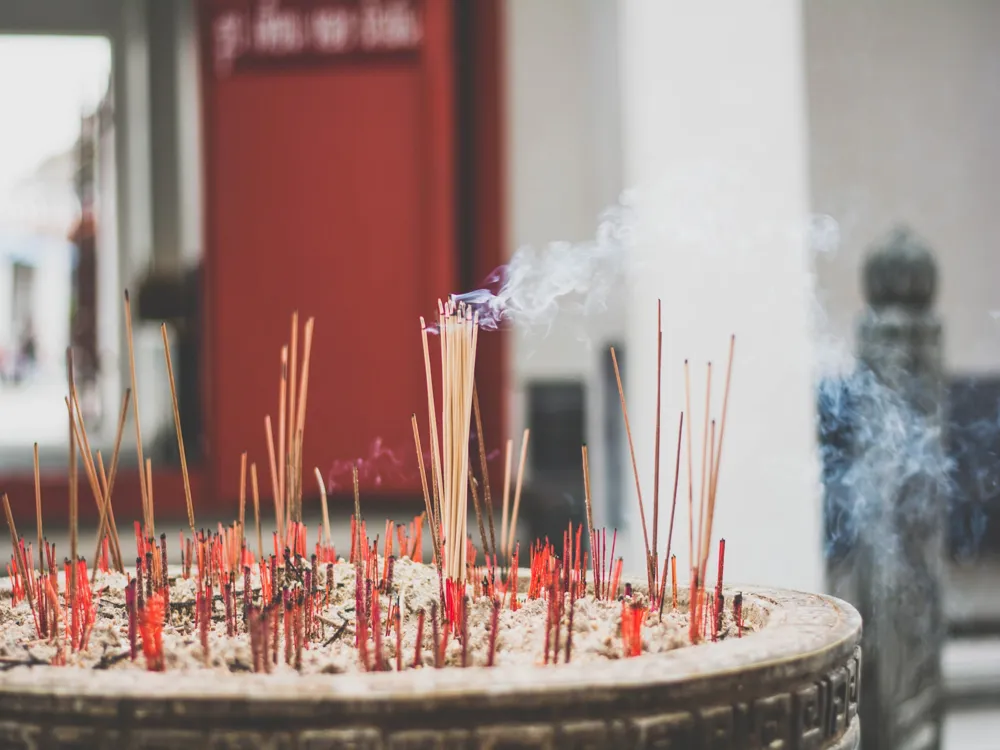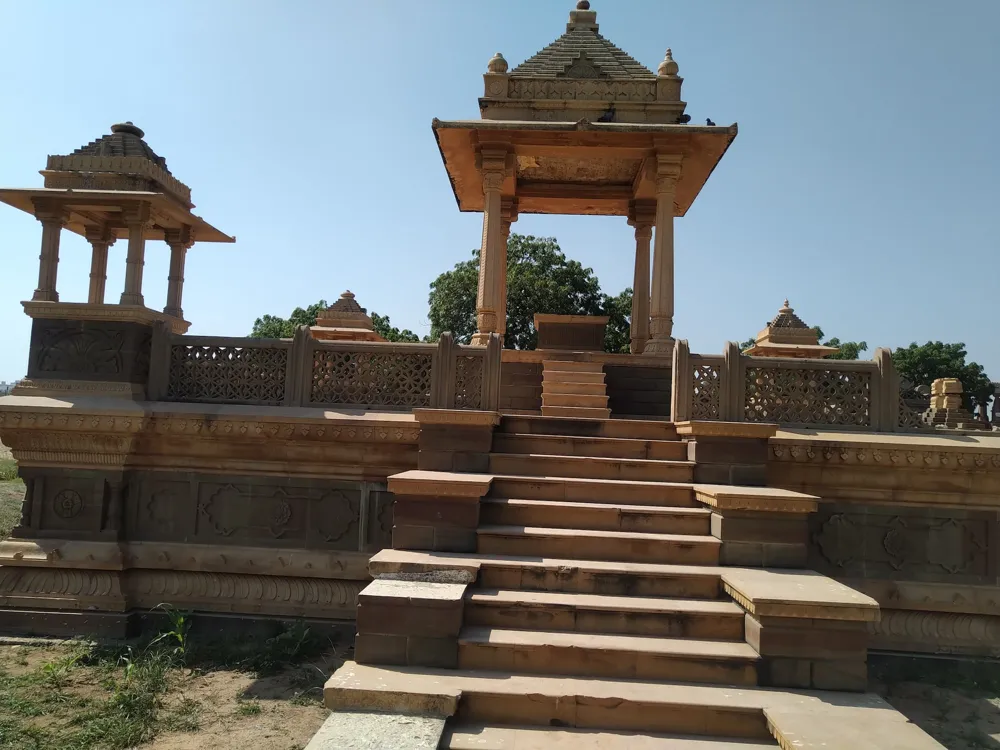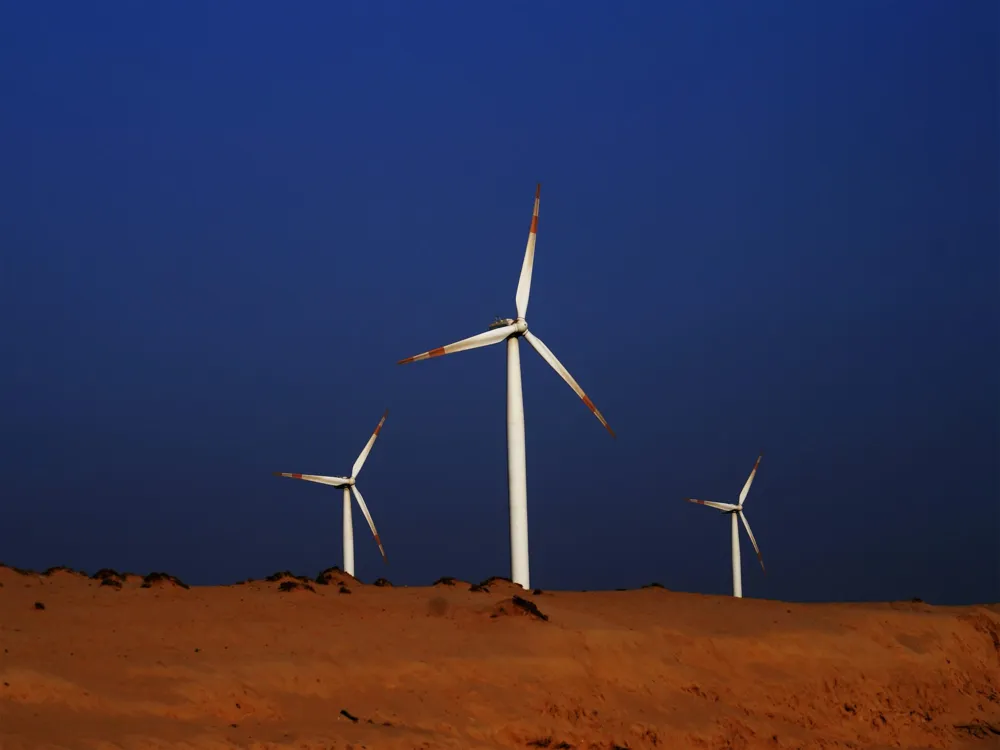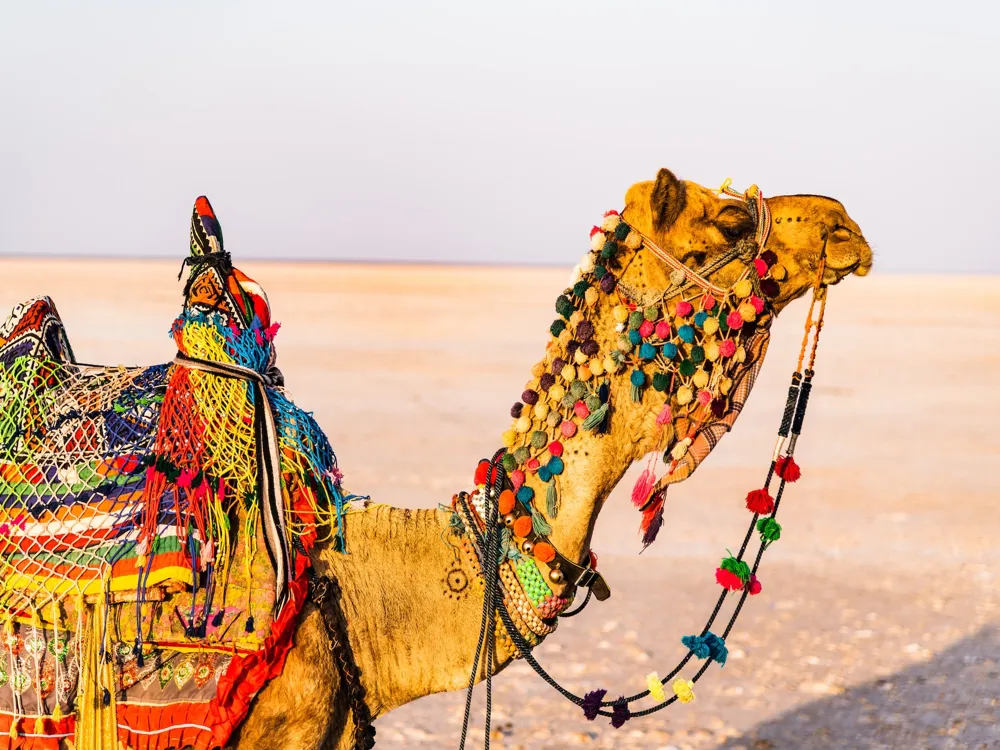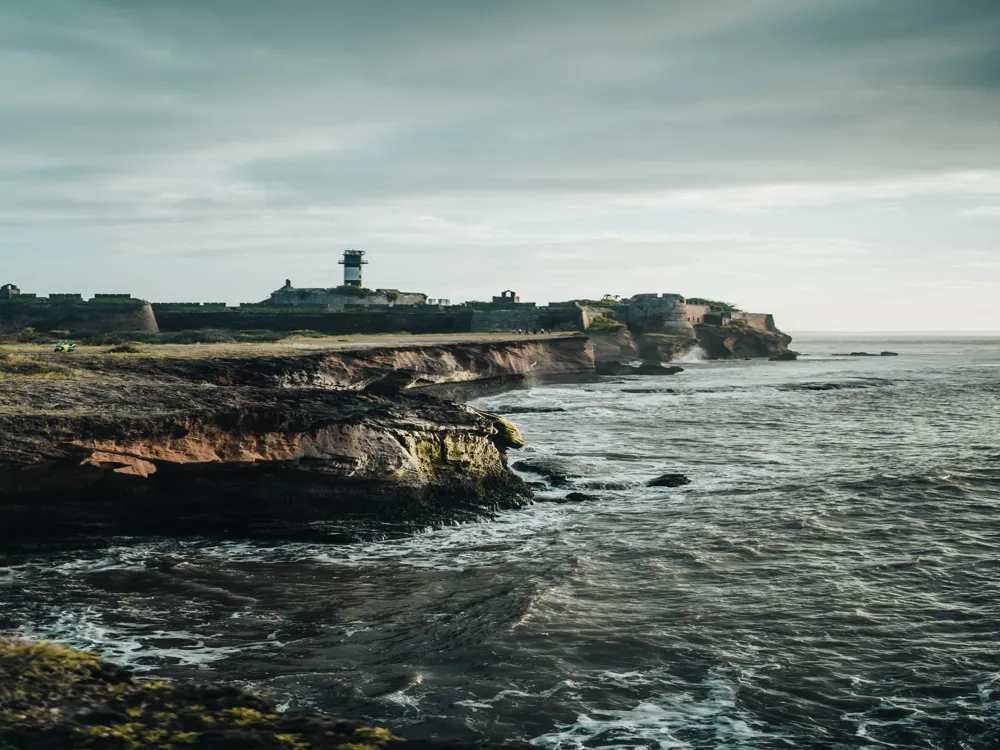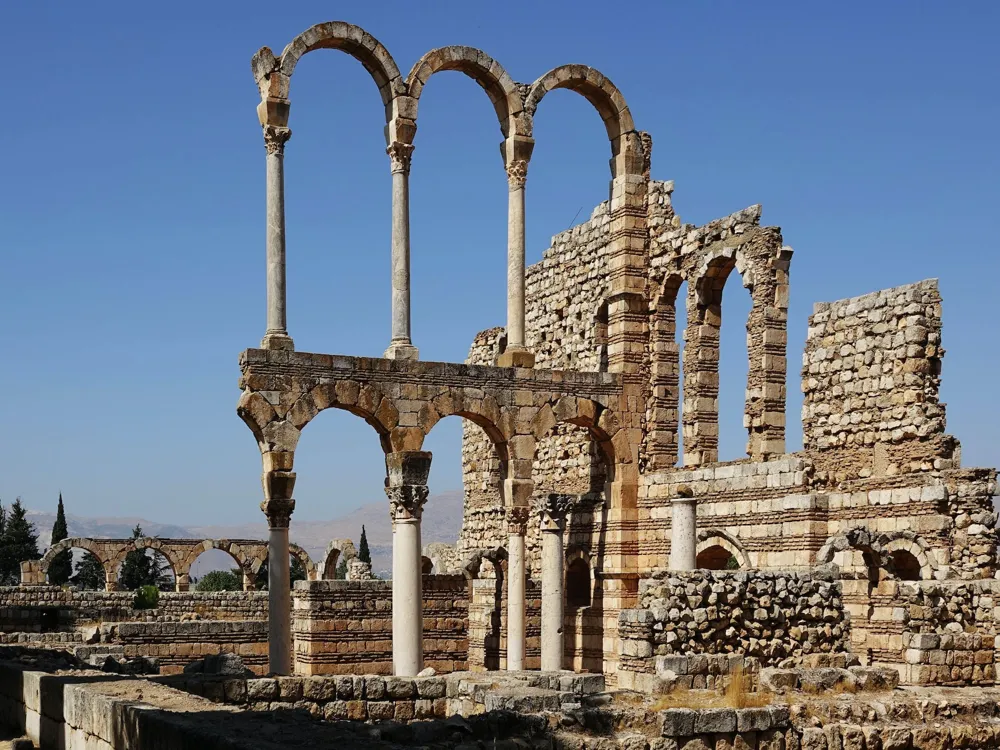Dwarka, a city located in the western state of Gujarat, India, is not just a city but a testament to ancient myths and a vibrant cultural heritage. Often recognized as one of the 'Char Dhams' or four sacred pilgrimage sites for Hindus, Dwarka's history is deeply intertwined with the legendary Lord Krishna. The city is believed to have been the kingdom of Krishna himself, making it a significant spiritual destination. Dwarka's location along the coast of the Arabian Sea adds to its serene beauty, attracting not only pilgrims but also travelers seeking tranquility and natural splendor. The city's history dates back to the Puranic ages, with references in ancient texts like the Mahabharata and Bhagavata Purana. Archaeological discoveries have unearthed underwater settlements, indicating that the current Dwarka is the seventh such city in this location, with previous iterations submerged in the sea. This blend of mythology, history, and archaeology makes Dwarka a unique destination, offering a rich tapestry of stories and discoveries for visitors. The architectural grandeur of Dwarka is best exemplified by the Dwarkadhish Temple, also known as Jagat Mandir. This temple, dedicated to Lord Krishna, showcases intricate carvings and a majestic structure that dates back over 2,500 years. The temple's towering shikhar (spire) rises to a height of 78 meters, dominating the city's skyline. The temple's sanctum sanctorum houses the idol of Lord Dwarkadhish, a form of Krishna, which is believed to be over 2,500 years old. Constructed primarily in limestone, the Dwarkadhish Temple's architecture reflects various styles from different eras, incorporating elements from both ancient and more recent times. The temple complex is a harmonious blend of Chalukyan, Gujarati, and Rajput styles, reflecting the diverse dynasties that have ruled over this region. The intricate carvings on the temple's exteriors and the majestic assembly hall (Sabha Mandap) are particularly noteworthy, showcasing the skills of ancient Indian artisans. The ideal time to visit Dwarka is between October and March when the weather is pleasant, making it conducive for exploring the city and its temples. Summers can be quite hot, and monsoons, while scenic, may hinder travel plans. As a revered religious site, it's advisable to wear modest clothing while visiting temples in Dwarka. Also, respecting the local customs and traditions, such as removing shoes before entering temples, is important for a respectful visit. Gujarati cuisine is known for its distinct flavors, and Dwarka offers a variety of local dishes. Trying local snacks like Khaman Dhokla and sweets like Basundi can be a delightful experience. There are various accommodation options in Dwarka, ranging from budget lodges to luxury hotels. Booking in advance, especially during peak pilgrimage seasons, is advisable. Dwarka is well-connected by road, rail, and air. The nearest airport is in Jamnagar, about 137 kilometers away. Regular bus services and taxis are available from the airport to Dwarka. The Dwarka railway station is part of the broad gauge railway network, connecting it to major cities in India. For those preferring to drive, well-maintained roads offer a comfortable journey to Dwarka.Overview of Dwarka, Gujarat
Architecture of Dwarka
Tips When Visiting Dwarka
Best Time to Visit
Dress Code and Conduct
Local Cuisine
Accommodations
How To Reach Dwarka
Nageshwar Jyotirlinga
Dwarka
Gujarat
₹ 8,500 onwards
View dwarka Packages
Weather :
Label : Must Visit
Tags : Temple
Time Required : 5-6 hours
Timings : 06:00 AM - 12:30 PM and 5:00PM to 9:30 PM
Abhishekam: 6:00 AM - 12:30 PM
Morning Aarti: 5:30 AM
Afternoon Aarti: 12:00 PM
Evening Aarti: 7:00 PM
Shringaar (Afternoon): 5:00 PM
Entry Fees : Free
Aarti Thali: INR 150 - INR 300 (depending on the size)
Donation Slip Cost for Abhishekam/Pooja: INR 101 - INR 750 (depending on the type of pooja)
Restricted Items : Plastic Water Bottles
Food Items
Monopod and Tripod
Shoes
Camera is allowed in the premised but not inside the main temple
Dress Code : No dress code for darshan
Abhishekam/Pooja- Men: Dhoti/Lungee (Available free of cost at the temple)
Women: Saree
Parking : Available for two-wheeler and three-wheeler
Planning a Trip? Ask Your Question
Dwarka Travel Packages
View All Packages For Dwarka
Top Hotel Collections for Dwarka

Private Pool

Luxury Hotels

5-Star Hotels

Pet Friendly
Top Hotels Near Dwarka
Other Top Ranking Places In Dwarka
View All Places To Visit In dwarka
View dwarka Packages
Weather :
Label : Must Visit
Tags : Temple
Time Required : 5-6 hours
Timings : 06:00 AM - 12:30 PM and 5:00PM to 9:30 PM
Abhishekam: 6:00 AM - 12:30 PM
Morning Aarti: 5:30 AM
Afternoon Aarti: 12:00 PM
Evening Aarti: 7:00 PM
Shringaar (Afternoon): 5:00 PM
Entry Fees : Free
Aarti Thali: INR 150 - INR 300 (depending on the size)
Donation Slip Cost for Abhishekam/Pooja: INR 101 - INR 750 (depending on the type of pooja)
Restricted Items : Plastic Water Bottles
Food Items
Monopod and Tripod
Shoes
Camera is allowed in the premised but not inside the main temple
Dress Code : No dress code for darshan
Abhishekam/Pooja- Men: Dhoti/Lungee (Available free of cost at the temple)
Women: Saree
Parking : Available for two-wheeler and three-wheeler
Planning a Trip? Ask Your Question
Dwarka Travel Packages
View All Packages For Dwarka
Top Hotel Collections for Dwarka

Private Pool

Luxury Hotels

5-Star Hotels

Pet Friendly







